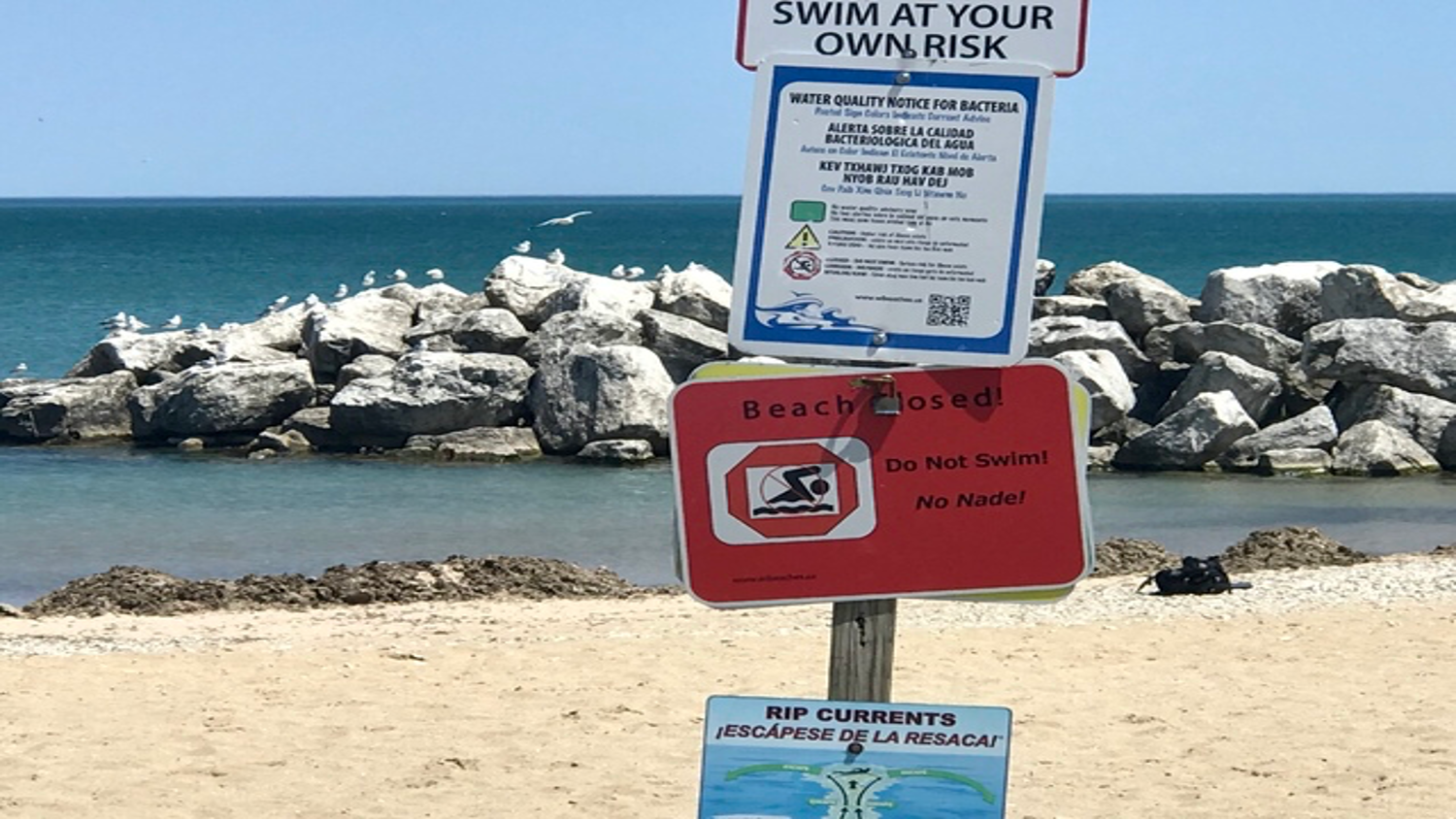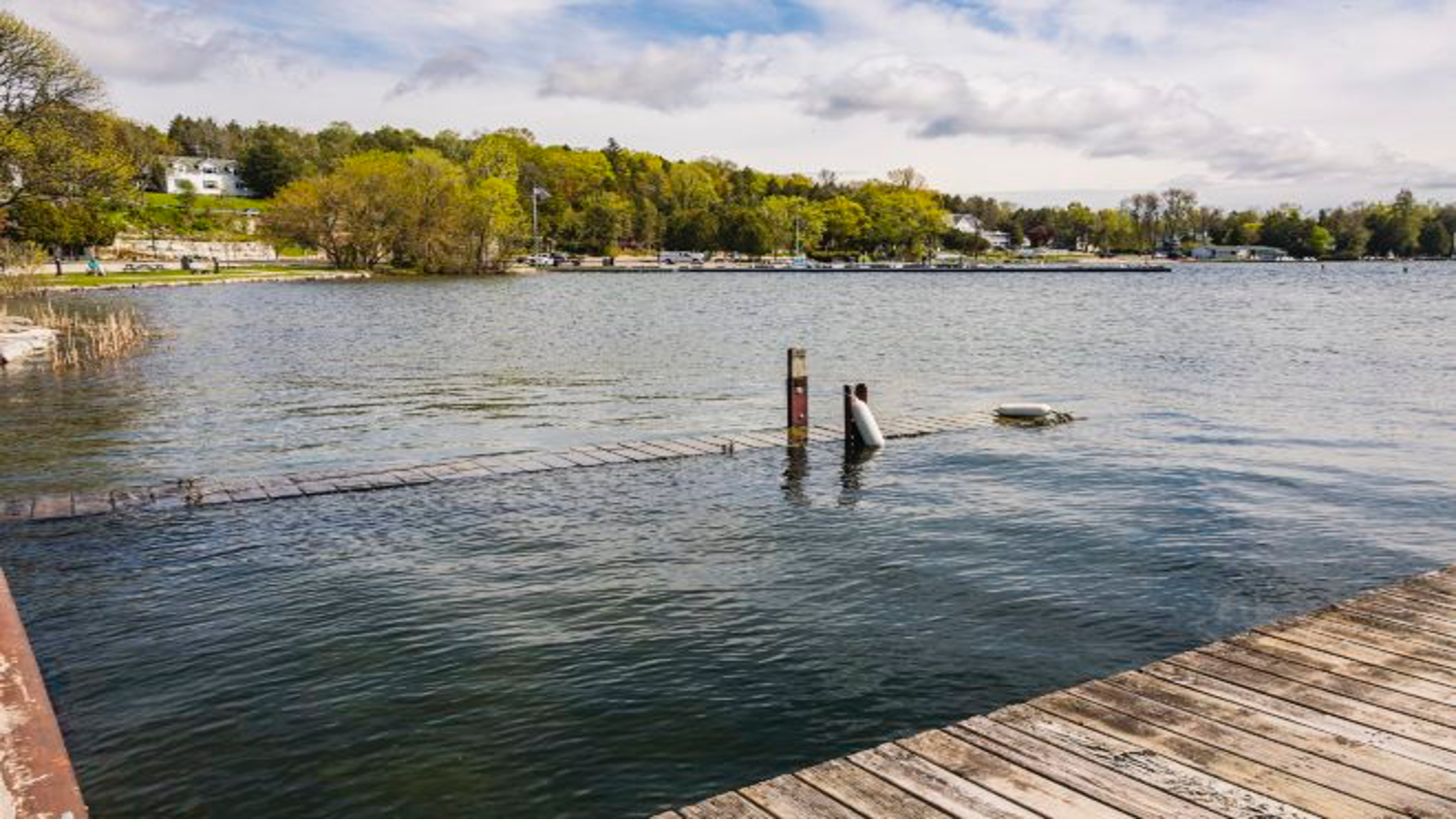Coastal Resiliency Update — Winter 2021
In late 2019, LNRP proudly launched an innovative and collaborative Coastal Resiliency with secured funding from the US Forest Service (USFS) and the Wildlife Conservation Society (WCS) Climate Adaptation Fund. LNRP subsequently secured a Phase Two grant in late 2020 from the USFS with additional funding from the Fund for Lake Michigan.
The second USFS grant, “Lake Michigan Mitigation and Wetlands,” builds upon our Coastal Wetland Infiltration and EAB Mitigation efforts launched with Phase One support. This project is working to increase adaptability of coastal, temperate forests to maintain critical migratory bird stopover habitats along the Lake Michigan Flyway, and to conserve and enhance forest habitats in the face of severe climate stressors and pest-driven canopy loss. The project engages community members, partner organizations, land managers, and local, state, and federal agencies on climate adaptation strategies. The ultimate goal is to demonstrate how adaptation strategies can be implemented to produce positive outcomes for wildlife and communities, and enhance wildlife habitat throughout the Lakeshore region.
Additionally, generous funding from the Fund for Lake Michigan will allow LNRP and our Regional Network Partner Group, Lake Michigan Stakeholders (LMS), to collaboratively launch our “Coastal Resiliency Community Impact Project.” The project assists Lake Michigan coastal communities in becoming better prepared to address the negative impacts of climate change, including high lake levels and heavy rainfall events.
In collaboration with our project partners, Water365, the project was designed to provide training; conduct a needs assessment; develop a Resiliency Plan; identify a project or programming opportunity; and align and implement with funding. We launched with our Fall LMS Member meeting that focused on building the tools necessary to design and implement green infrastructure.
Our LNRP Team is also partnering with Bay Lake Regional Planning Commission and Wisconsin Sea Grant, as they are focusing on coastal hazard mitigation and working with the same county and municipal partners. Our collective kick-off in early October was followed by three training workshops with county and municipal leadership and staff. The workshops focused on (1) the challenges of precipitation changes on communities; (2) steps to resilience planning; and (3) practical tools for resilience implementation such as green infrastructure, innovative technologies and financing, and municipal code and water stewardship audits.
The next step are individualized meetings between community participant representatives to assess overall needs and structured to help individual communities design and implement a resilience planning program and/or make a project opportunity selection. Our team will also offer grant management services including grant opportunity identification, grant proposal preparation, and grant reporting assistance. Project success will be measured by the number of people engaged in the outreach and recruitment process, whether we are able to inspire community leaders to serve as project team leaders, whether team members represent diverse perspectives, whether we are able to recruit historically underrepresented community group members to the team, and ultimately whether communities are willing to invest in coastal resiliency strategies, projects, and programming.
Our efforts will generate broader awareness of the value of investment in coastal resiliency, and inspire diverse perspectives in crafting that investment. In short, we are confident this collaborative project will have significant, sustainable impact in the communities we serve!
Related Links (Winter Newsletter):



